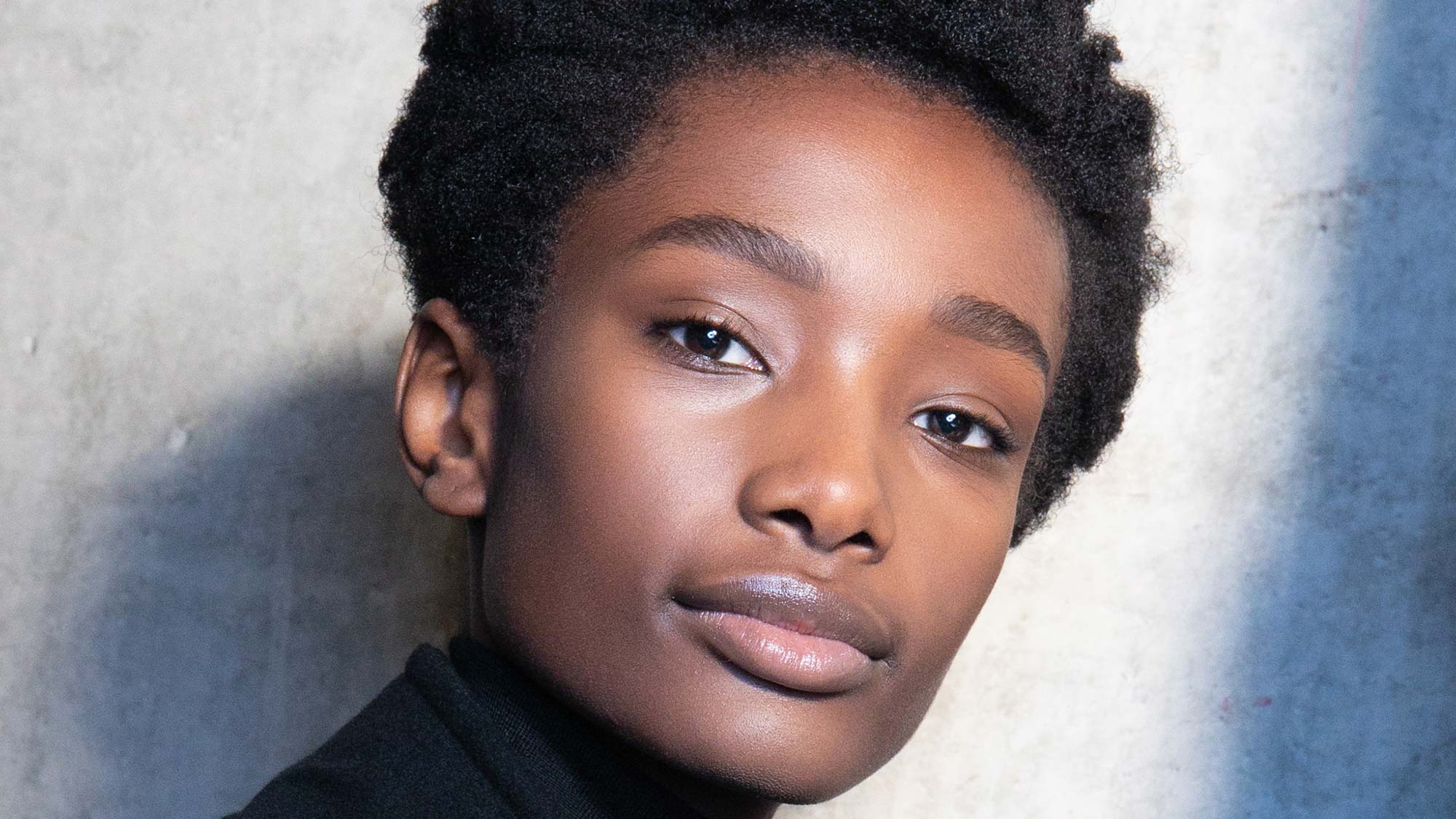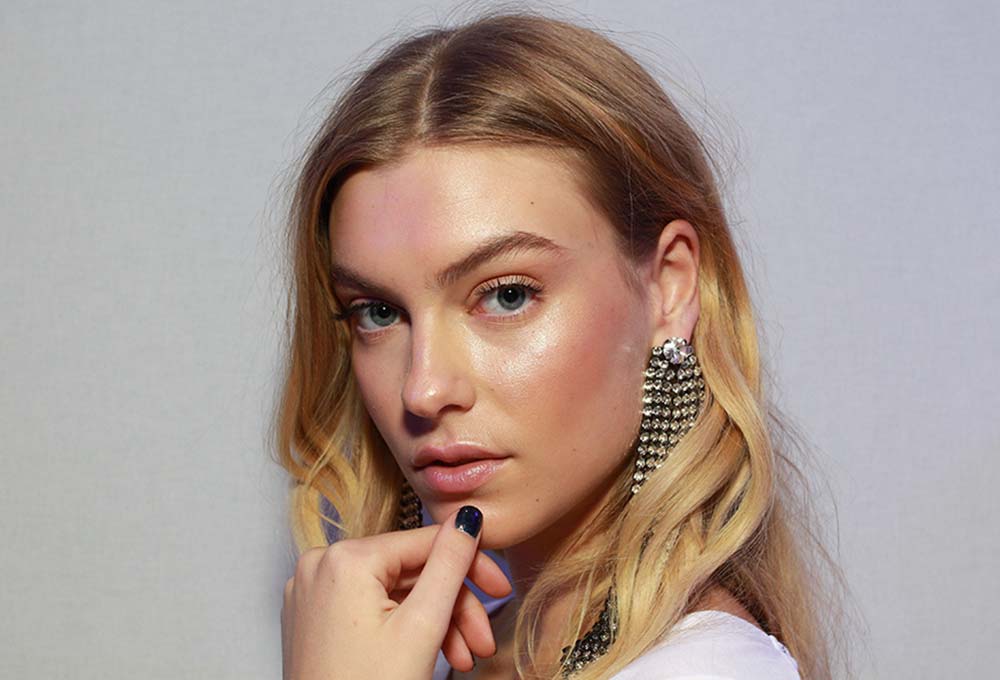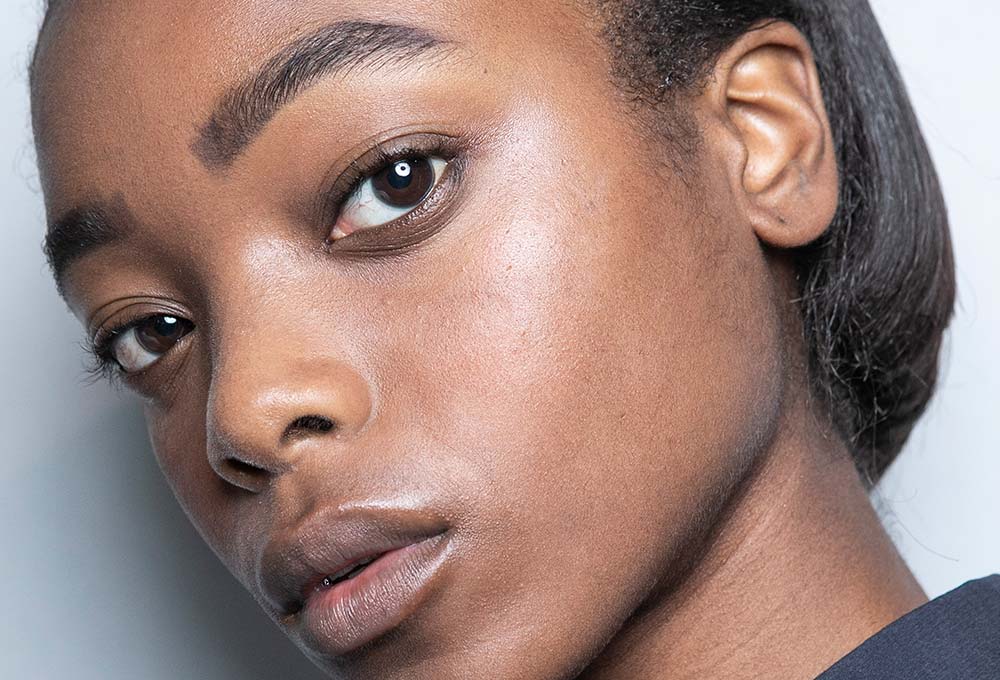Microdermabrasion: What is it and how can it improve your skin?
Intrigued? Here's everything you need to know...


Intrigued? Here's everything you need to know...
Curious about microdermabrasion and its how it improves your skin? We hear you.
It's the treatment that can make skin look smoother and more youthful, work like a great hyperpigmentation treatment to fade discolouration, and help with acne and scarring. So how does it work exactly and, more importantly, is it right for you?
To get the expert lowdown on the benefits of this trending treatment, we asked Debbie Thomas, celebrity facialist and founder of the D.Thomas Clinic, for everything one needs to know...
What is microdermabrasion?
'Micro means small or light and dermabrasion means mechanical or physical exfoliation, so this is a light, physical exfoliation,' Debbie explains. 'A professional exfoliation will always be deeper than at home exfoliations but for us, microdermabrasion is considered light because we only remove the uppermost dead skin layers. A medium exfoliation removes more layers, so is closer to the junction between the dermis and epidermis; then you have deep exfoliation, which goes deep enough to cause some bleeding.'
By removing the top layer of skin, the body quickly replaces the lost skin cells with new, healthy ones. This non-invasive procedure stimulates blood flow, which can improve cell production, in turn improving skin’s elasticity and texture.
'There are many types of microdermabrasion now; the traditional methods used to use fine crystal dust blasted on to the skin to scrub away the dead skin,' Debbie adds. 'But we now have types during which rough "tips" glide over the skin to buff away dead skin, as well as treatments that exfoliate and push products into the skin, like hydradermabrasion.'
Celebrity news, beauty, fashion advice, and fascinating features, delivered straight to your inbox!

Microdermabrasion benefits
'If performed correctly and not overdone, not only will you get smoother skin, but you can fade pigmentation, reduce congestion and stimulate collagen production,' Debbie tells us.
'Most skin types can tolerate and benefit from microdermabrasion, but you do need to go to someone very experienced if you have sensitive or very problematic skin. For example, mild acne, mild acne scars and general congestion can really benefit, but if the acne is more severe, then microdermabrasion could be irritating.
'It is good to go to someone who has a few treatment options and who can steer you towards the right one. Nearly all types of microdermabrasion device allow the practitioner to change the intensity, so they can do a more gentle treatment for delicate or sensitive skins, and stronger treatments for those who can tolerate more or who need a stronger approach to reach their goals.'
The procedure is not recommended if you have skin conditions such as rosacea, eczema, active sunburn, herpes, lupus, open sores, psoriasis, fragile capillaries or, as Debbie mentions, very serious acne.
Is microdermabrasion safe?
'Yes, it is when in experienced hands,' Debbie assures us. 'With any advanced skin treatments there is a risk of some redness, dryness and irritation, all of which should be short-lived. The idea is to stimulate the skin so expect to see skin that's more "active" immediately afterwards.'
The procedure doesn't hurt, although you may find it a bit uncomfortable, and you may expereince slight tenderness and/or redness straight after your treatment.
'However, if microdermabrasion is overdone then you can damage the skin, causing more irritation, sensitivity and leading to inflammation, which can trigger pigmentation or broken veins. It is rare to get long-term damage, but this is why we always recommend experienced and reputable clinics.'
What about at-home microdermabrasion kits? Are they safe?
'If used correctly and by a reputable brand then yes, but always use cautiously the first one to two times, just to test your skin's reaction,' Debbie advises.
The main difference between a professional facial and at-home treatments is that the devices used by dermatologists generally have more power and penetrate deeper into the skin to provide precise exfoliation.
A microdermabrasion cloth is a popular alternative to the more expensive treatments on the market, and can offer a softer alternative for the more sensitive skin types.

How much does microdermabrasion cost?
Prices will vary depending on the specialist you visit, but treatments can start from £40 for a single session, which is usually around the 30-minute mark. 'It varies a lot depending on the machine used and where you are,' Debbie says.
'Traditional microdermabrasion, with crystals, is around £75-£150 per session, whereas more advanced treatments like a hydrafacial could be £150-250 per session.'
Thinking of booking a treatment ASAP? Us too.

Lucy is a freelance beauty editor and contributor at Marie Claire, and has also written for titles including Cosmopolitan, Refinery29, Glamour and woman&home. She was previously Marie Claire’s junior beauty editor. During her career, she’s covered everything from backstage beauty at fashion week to interviews with famous faces like Drag Race royalty and Little Mix. As for her beauty ethos, she’s a big advocate for not having to spend a fortune on beauty products to get good results. When she’s not got beauty on the brain you’ll probably find her reading or Netflix-ing.